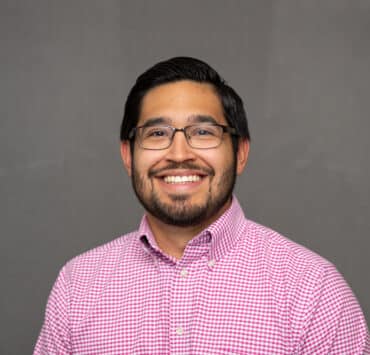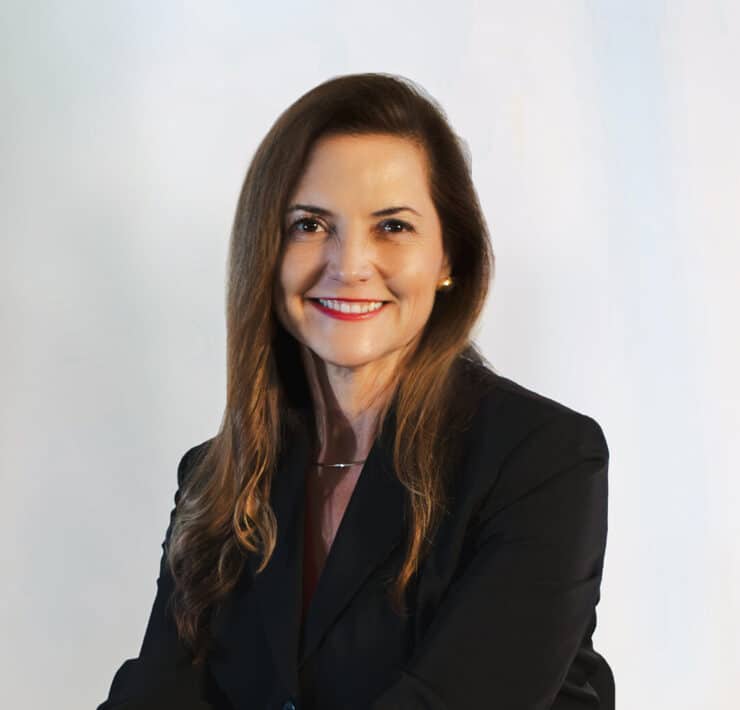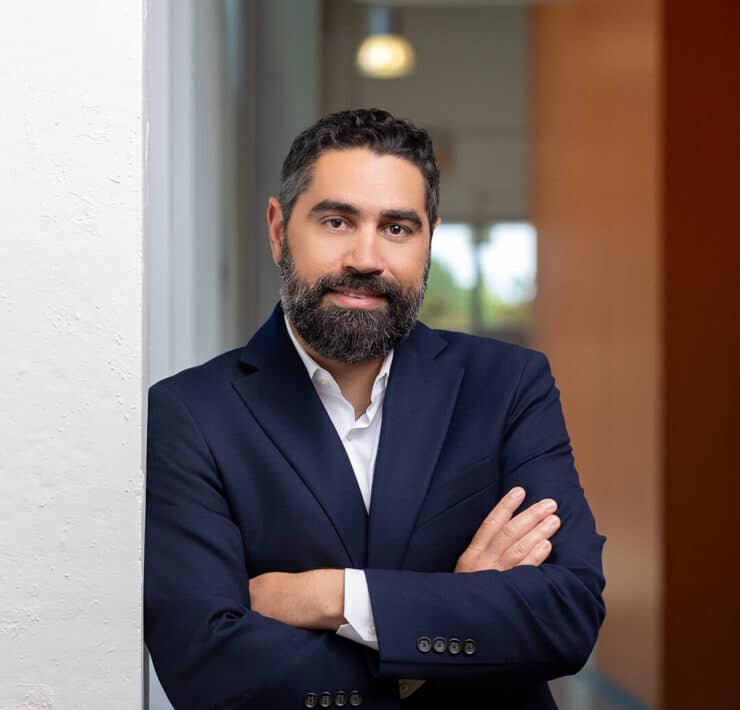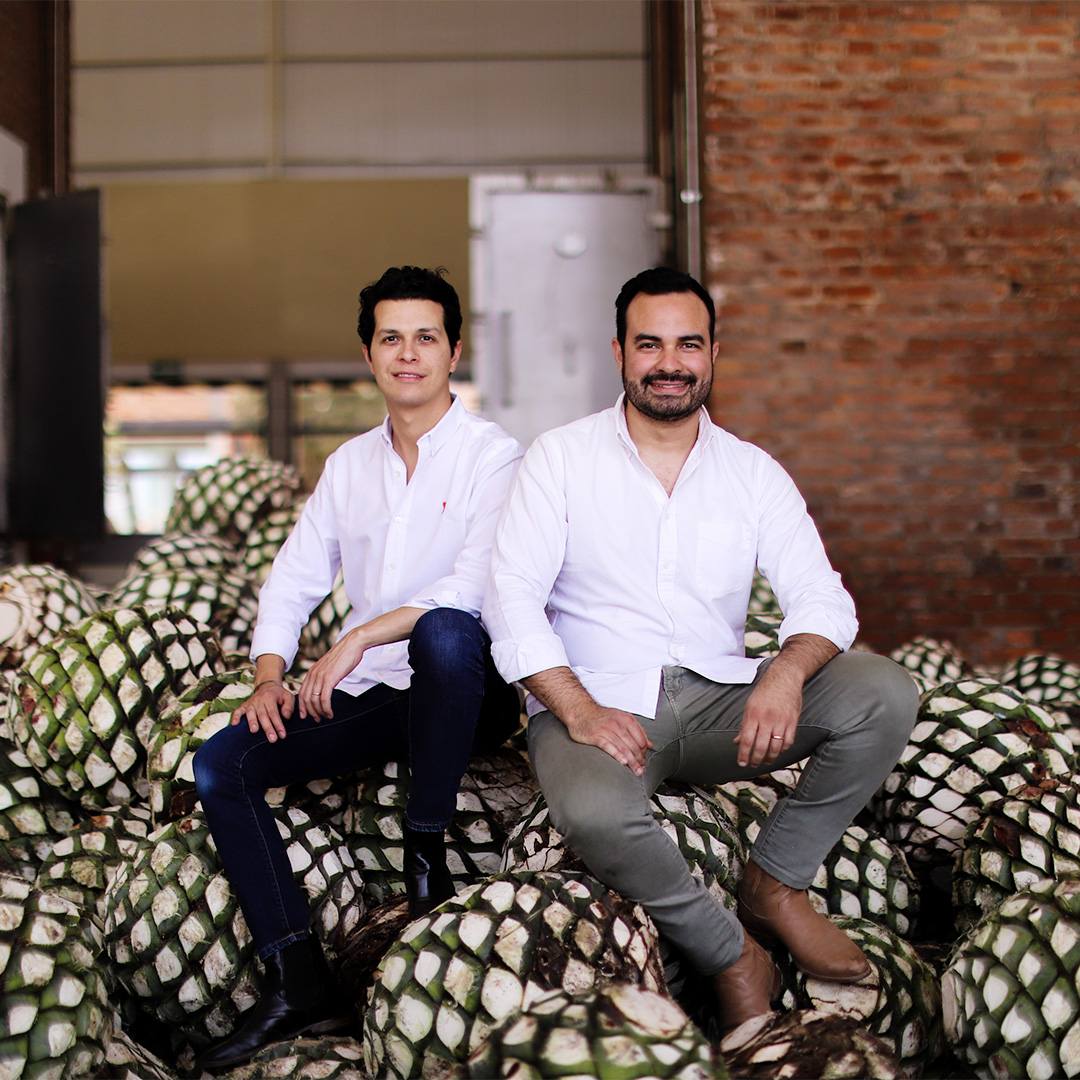
|
Getting your Trinity Audio player ready...
|
There are a lot of people I’m happy not to be speaking to on this call. I’m not talking to George Clooney, Dwyane “The Rock” Johnson, Nick Jonas, Diddy, Kendall Jenner, Adam Levine, Michael Jordan, George Strait, or Rande Gerber.
Many of these celebrities would make for a fascinating interview concerning their own careers and lives. But each of these celebrities has sought to harness their name recognition to promote their own “unique” tequila, while dozens more (including Snoop Dog, Sarah Jessica Parker, Lebron James, Blake Shelton, and Ryan Seacrest) promote other types of alcohol, ranging from barrel-aged whiskey to bubbly grapefruit-flavored canned cocktails.
Some of these celebrities seem truly involved in the most minute details of the product they’ve slapped their names on. Others just seem to like to drink. All of these endorsements can make one long for the days when a high-profile celeb’s most rampant schilling was happening overseas, purposefully and regionally confined. But that’s not 2023, and now we, as consumers, are faced to confront the Chainsmokers not just on the radio dial but also at the liquor store.

Neither Lalo González nor David R. Carballido expresses any frustration at celebrities stumbling into the spirits industry. In fact, they’re all for it. It’s brought attention to specialty spirits and has gotten consumers excited about seeking out new tastes and takes on old favorites. But for González, cofounder and maestro tequilero of LALO Tequila, and Carballido, cofounder and creative director of LALO Tequila, respectively, the star power they need is already running through González’s veins.
Lalo González is the grandson of Don Julio González Estrada, the namesake of Don Julio Tequila, and son of the elder Eduardo “Lalo” González, founder of the tequila that bears his father’s name, and now the namesake of his son’s pure Blanco tequila.
Founded in 1942, Don Julio González spent forty years perfecting his product, Tres Magueyes, from the agave cultivation process to the bottling. His sons commemorated their father’s forty-fifth anniversary in business by creating a tequila bearing Don Julio’s name, and the product was so popular it soon found its way to the rest of the world.
“The lack of Mexican ownership in tequila brands sort of shook us.”
Lalo González
The Next Generation of Tequila
Don Julio’s grandson wasn’t content to coast on his family’s coattails. LALO Tequila, named after his father just as his father named a tequila after his father, is a very different beast, and purposefully so. Like his forebears, González’s concoction was initially only created for family and friends, a tequila created by a Mexican for Mexicans.
“LALO is made by people who want the world to know about the beauty of Jalisco,” Carballido says. “It’s made by friends who love where they are from and want people to know about this place more than what they see on TV. But it’s not just about the past. It’s about modern Mexico.”
Carballido has been friends with González since their teens. The former already had extensive experience in the spirit world, but the two would come together when Carballido was tasked with helping bring the world’s first clear Añejo, Don Julio 70, to market.
“Lalo [González] was much more into production, and I was into marketing,” he says. “I made the joke for years that we were going to become partners.”
LALO, the tequila, is the punchline to that joke, but the product is no laughing matter.
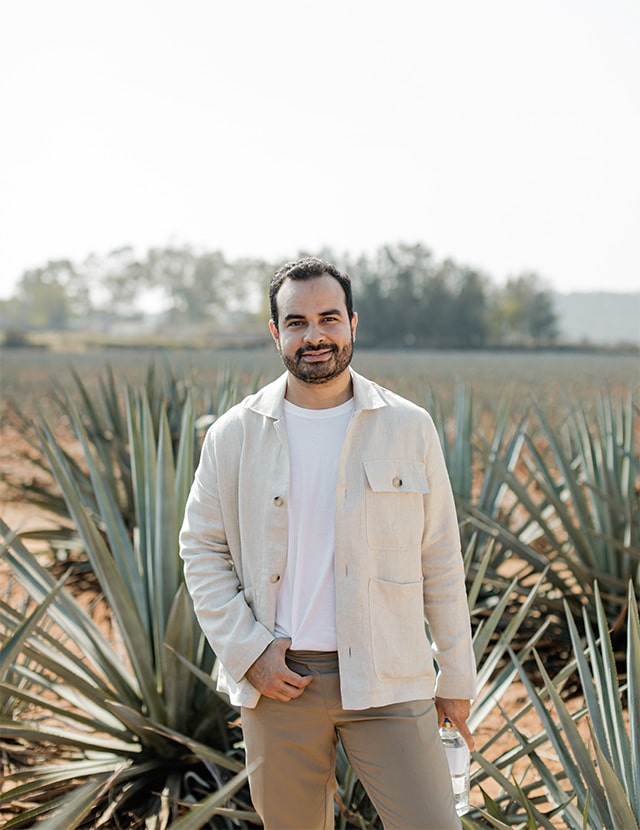
“We chose the direction of this company by choosing to honor agave,” González explains. “If you’re looking for a differentiator, I think that is it. This beautiful plant that waits for six or seven years to be harvested should not be masked with additives or barrels. We wanted to create a truly pure Blanco. I absolutely understand the approach of other companies, and I respect them greatly. But like David said, we’re here to showcase something that David and I want to drink.”
Naming their tequila after González’s father is only part of the tribute. Carballido says the LALO bottle, with its blue and gold colors, pays tribute to their home state of Jalisco. Remembering where tequila originated is especially important for these two executives, because their presence in the spirit world is, unfortunately, rare.
Jalisco Born and Bred
“The lack of Mexican ownership in tequila brands sort of shook us,” González says. “In 2014 or 2015, when we began on this journey, tequila certainly wasn’t as prevalent as it is today. We can thank some of the celebrity brands for that, maybe, but I still find it shocking how few Mexicans have ownership in the spirit that we created.”
In that spirit, LALO sources its agaves from the very region where González’s family is from, the Los Altos region of Jalisco. The single agave farmer used by LALO has earned an ESR certification from the Mexican government. The designation denotes companies that take care of their communities and their environment in ethical and sustainable ways. González says that labor standards are well-known to be different than those in the US, so the company wanted to be certain that its partners were doing the best for their broader communities.
“Our social media is Mexico through our eyes,. When you drink LALO, we want you to feel connected to modern Mexico. For some people, that will resonate. For others, it may not. But for us, it’s honest. It’s who we are.”
David R. Carballido
The same designation goes for the distillery side of the business. LALO has partnered with a local nonprofit that provides emotional, physical, and nutritional support to people in the region who cannot afford it. In the US, LALO offers sponsorship of events where the proceeds go directly and entirely to the same nonprofit.
“I like the idea of making our consumer part of that effort,” González explains. “They need to know the source of their tequila, but they also need to know the source of the people that are involved and that those people are part of a broader community.”
That community is what González and Carballido want to show the world. The company’s Instagram isn’t full of velvet ropes and bottle service partying. It’s Jalisco, it’s architecture and art, and it is real people enjoying a platinum Blanco.
“Our social media is Mexico through our eyes,” Carballido says. “When you drink LALO, we want you to feel connected to modern Mexico. For some people, that will resonate. For others, it may not. But for us, it’s honest. It’s who we are.”
SIDEBAR: Know Your Tequilas
Just getting started on your tequila journey? Whether it’s LALO’s classical Blanco or a new-to-the-race Cristalino, here’s a quick breakdown of the various types of tequila awaiting you.
- Blanco: For the agave purist. A sharp bite and the most agave-forward of tequilas, Blancos can be barrel-aged for up to sixty days, but many, like LALO Spirits, bypass that aging to present and truly honor the full agave flavor.
- Reposado: A smoother finish than a Blanco, this might be the most popular tequila in Mexico as it doesn’t contain as much punch given its extensive barrel resting between two and eleven months.
- Añejo: One to three years pass in an oak barrel before anyone lays their lips on an Añejo. Brown sugar and vanilla are the preeminent flavors of this kind of tequila.
- Extra Añejo: If one to three years isn’t long enough for you, extra añejos age for a minimum of three years before it’s bottled. The duration of aging is reflected in the pricing, as are the strong aromas and dark colors, almost like an aged whiskey.
- Cristalino: A recent classification, you’ll find a Cristalino behind several red ropes. The aged tequila is filtered through charcoal to remove coloring and tannins. It’s still too early to tell if this actually makes it taste better or is just a flash in the pan.

